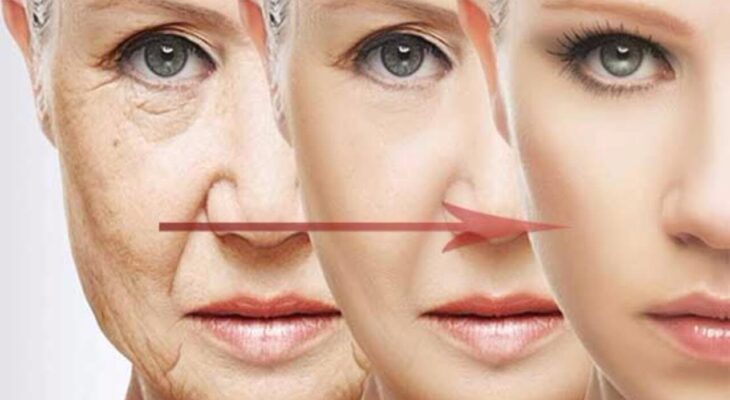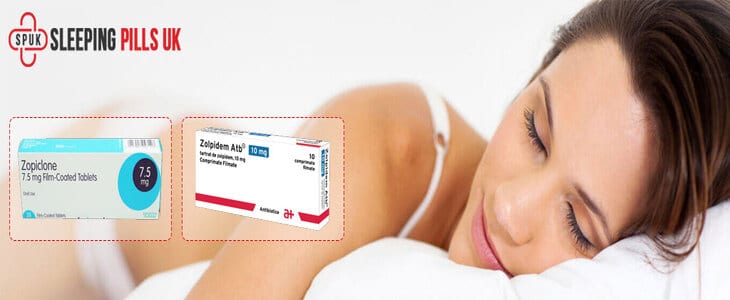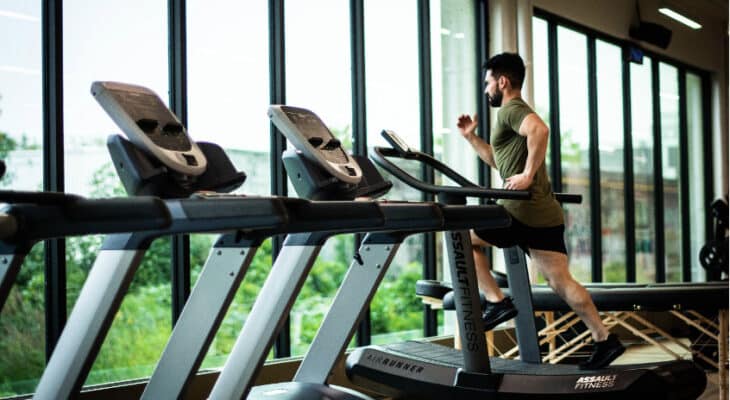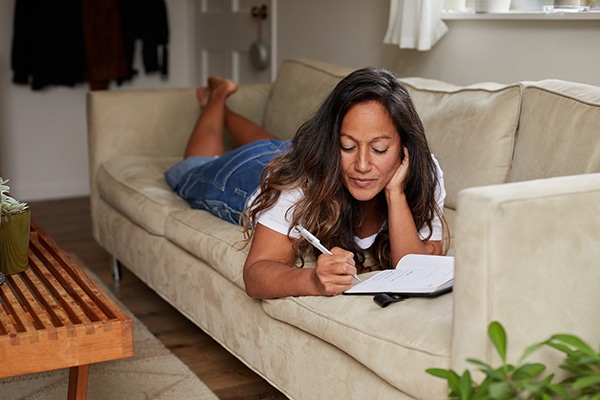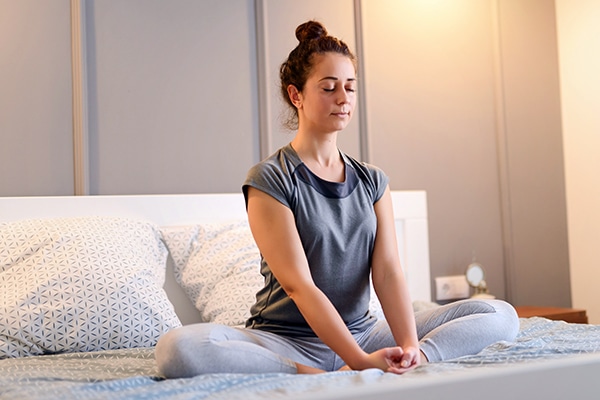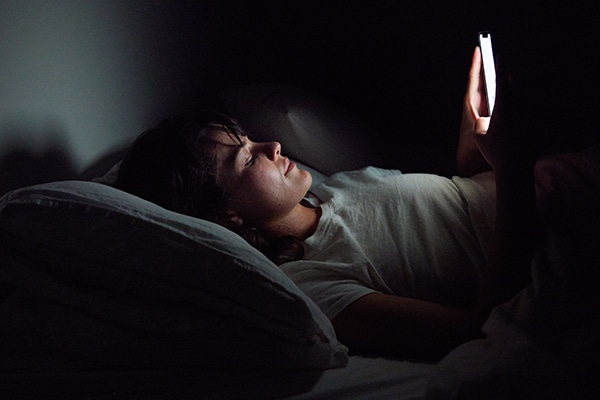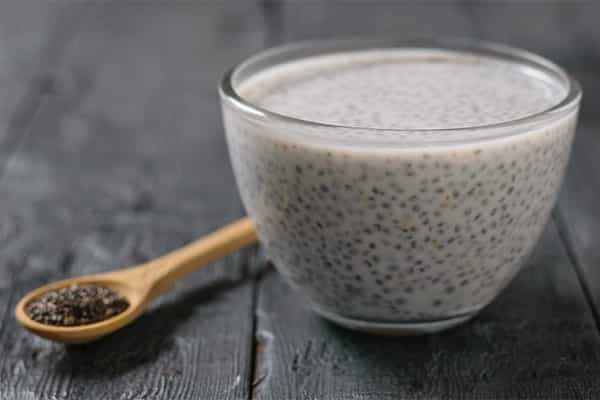Sweat has its time and place. During your workout routine? Expected and sometimes satisfying.
(Even though it doesn’t necessarily mean you had a good workout.)
If you’re heading into a job interview or just trying to run some errands, though, sweat is entirely unwelcome.
If you feel like you sweat too much in non-fitness situations, know that your concern is valid.
One of the more unwelcome facts about sweating is that how we sweat impacts how others perceive us.
But you’re not stuck feeling sweaty in every situation.
If you’re wondering how to sweat less, there are ways you can keep cool beyond refusing to leave anywhere with air conditioning.
1. Talk to Your Doctor First
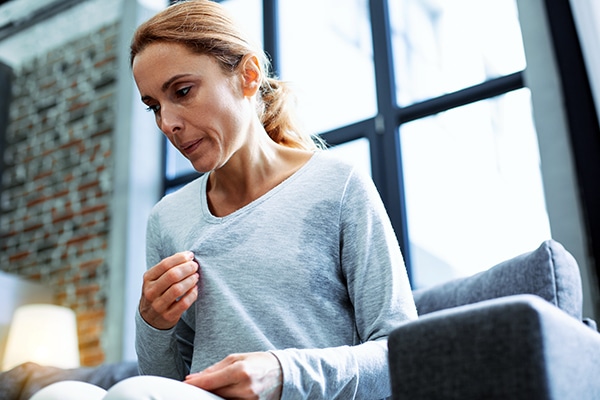
Since certain health conditions can cause your sweat glands to work overtime, talk to your doctor if you feel like you sweat excessively.
Any condition that causes fever or involves your thyroid gland (your body’s thermostat), as well as menopause, can be “associated with temperature dysregulation and sweating,” explains Dr. Adam Mamelak, M.D. , a board-certified dermatologist based in Austin, Texas.
“While treating the sweat can give temporary symptomatic relief, addressing the underlying cause is usually the best strategy for managing excess sweating,” says Mamelak.
And, he adds, there’s also hyperhidrosis — “excess sweating unrelated to an underlying medical disorder.”
Stress can also cause sweating, so mention that to your doctor as well.
2. Check Your Medications

Several prescription and OTC medications can increase sweating.
Check the labels of medications you’re taking to see if sweating is a potential side effect. If so, talk to your doctor – they need to know this information.
They can also discuss potential treatment alternatives if there are any. If not, don’t worry. There are ways to control sweating.
3. Dial Back the Caffeine

We know this isn’t welcome news, but consuming too much caffeine can make you more sensitive to sweating.
While caffeine in lower doses “primarily works on our central nervous system, making us alert,” Dr. Mamelak explains that “in higher doses, caffeine can increase our thermogenesis in the body, making us sweat.”
4. Apply Your Antiperspirant at Night
If your overactive underarm sweat is mild, switching when you apply your antiperspirant could be the key to how to sweat less.
That’s because antiperspirant works best when it’s unimpeded.
If you’re already sweating, it’s more challenging for antiperspirants to keep you dry.
Antiperspirants that use aluminum chloride create plugs that block sweat glands, keeping sweat from making it to your skin, Dr. Mamelak explains.
“If applied at night when you are not active and moving around, the antiperspirant has more time to work and seal sweat ducts without working against an outflow of sweat and perspiration,” he says.
5. And Use It Where You Need It
It’s not uncommon to have sweaty feet and hands in addition to sweaty underarms.
Dr. Mamelak says “there is no reason why antiperspirant can’t be applied to your palms, feet, and other areas.”
So if you know your hands and feet are prone to sweating, apply away – and maybe do it at night.
Check the label on your antiperspirant before applying it to sensitive areas like your groin.
6. Drink Cold Drinks
“Sweating occurs when the body’s temperature rises above the level set by the body’s thermostat,” explains Dr. Mamelak.
Sweating is one way the body gives off extra heat to bring its internal body temperature down, but there are other ways to do this.
Keeping a cold drink on hand can act as an external cooling source — and keep you hydrated.
7. Apply Cool or Cold Compresses
Cool compresses work for the same reason: They help your body come back to the temperature it prefers.
And since you’re handling it externally with compresses, your body doesn’t need to pitch in by sweating.
Keep small ice packs in the freezer for when you need them if you know they help.
Try applying them to your neck, wrists, or low back to cool yourself down.
8. Choose Your Clothes Wisely
You probably have sweat-wicking fabric for when you work out. Just as you have specific clothes for your sweat sessions, you can optimize your wardrobe to help offset or hide your sweating.
“Loose-fitting clothes allow air to circulate close to the skin and cool the body,” says Dr. Mamelak.
He also suggests taking fashion cues from desert dwellers.
Choose “white and light-colored clothing that reflects heat more than dark colors.”
And if your lifestyle permits it, embrace the athleisure trend. Wear performance fabrics that wick sweat and help keep you cool.
Dress in layers so you can cool off without baring too much!
9. Avoid Trigger Foods
Certain foods can increase sweating – that’s not great news for people who already feel like they sweat too much.
“Hot and spicy foods, including peppers, onions, garlic can cause sweating,” says Dr. Mamelak.
But if you cut those out and still can’t stop sweating, there are other potential culprits.
Alcohol can also affect the body’s internal thermometer, he adds. Try cutting back and see if your sweat glands calm down, too.
10. Try a Stronger Antiperspirant
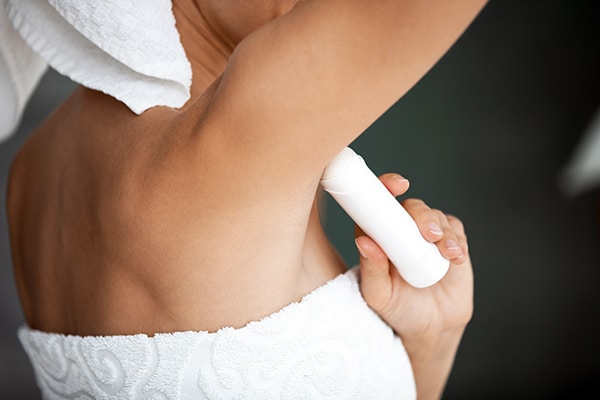
In case you’re wondering, yes, there’s a big difference between what you buy at the drugstore and what a doctor can prescribe.
Dr. Mamelak explains that prescription antiperspirants can have higher levels of aluminum chloride.
“This higher concentration is more effective in blocking sweat glands,” he explains.
If you think you need one, Dr. Mamelak suggests talking to a dermatologist.
11. Consider Other Treatments
Your doctor may try a prescription antiperspirant first, but know there are other options if it doesn’t live up to expectations.
Dr. Mamelak explains that your dermatologist can suggest other, more permanent options.
Botox is also an option since it works by blocking nerve signals. In your forehead, Dr. Mamelak explains, it stops the signals that tell your muscles to contract.
Since “the same nerve signals also stimulate sweat glands to produce sweat,” he adds, “botox can be used to block the nerve signals in the armpits, face, hands, and feet from stimulating sweat glands to produce sweat.”
12. Slow Down and Take Your Time
If you walk or bike instead of driving, you’re going to get sweaty on occasion.
You have a couple of options to avoid showing up somewhere a hot, sweaty mess. First, you can allow yourself more time to commute, so you can slow down and sweat less.
Or, if you’re using your commute as your workout, pack extra clothes, along with antiperspirant and wet wipes for when you arrive.
Pro tip: Don’t let a fear of sweating interfere with your daily activities. When you opt for the stairs instead of the elevator, for example, give yourself a bit of time to cool down at the top!




